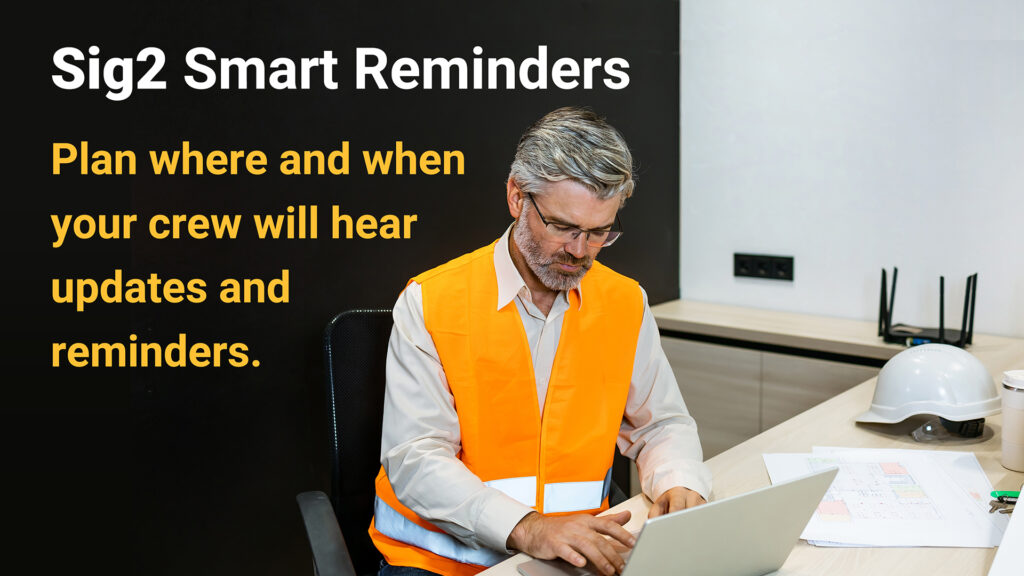Project slippage doesn’t announce itself. It sneaks in—a delayed crew, a missing update, a trade waiting on another. But when these moments compound, they don’t just slow the work—they derail entire projects.
The Case of Oceanwide Plaza
In downtown Los Angeles, the once-celebrated Oceanwide Plaza is a 1 billion dollar reminder of what happens when momentum fades. Construction started in 2015 with big ambitions. But by 2019, progress stalled due to misaligned planning, financial breakdowns, and poor coordination between contractors. By early 2024, the abandoned towers were tagged with graffiti—unfinished, unsold, and emblematic of a project where communication and planning fell apart long before the structure did.
This Isn’t an Outlier—It’s a Pattern
A 2024 analysis of 321,000 construction activities showed the most common schedule delay wasn’t material shortage or labor strikes—it was handoff failure between trades. Crews couldn’t start because others weren’t finished. Information didn’t reach the right people at the right time.
In total, U.S. construction lost $280 billion in 2024 due to delays and inefficiencies, inflating project costs by up to 14%.
We often write this off as “just part of the job.” But normalizing slippage hides a serious problem: a culture where misalignment is expected, not corrected.
You Know What a Good Day Feels Like
Every foreman, superintendent, and PM knows the difference between a job that flows and one that fights itself. And most of the time, the difference isn’t the weather or the tools—it’s how the communication flows.
What if we started planning communication itself,
not just what we build?
Imagine that you can see all the locations where reminders will keep crew members on track through the interruptions of unforeseen issues. You’re not hoping they get the memo—you know they are getting the memo and you can verify when they do
And now imagine that you can update all crew members with just one message that reaches each of them at the specific time—not the same time, but at the time each of them reaches or leaves a specific location.
When field communication is proactive, not reactive, slippage disappears before it starts.
Plan Smart Reminders to Keep the Work Moving
This isn’t about more meetings or more red tape. It’s about using communication like you’d use any other tool: for efficiency, reliability, and with your crew in mind.
- Treat updates and reminders like they’re part of the build.
- Get confirmation when reminders are heard—just like you confirm concrete pours.
- Align expectations with updates like you align walls—early and often.
Project slippage doesn’t have to be part of the job
If we start planning how we stay aligned in the field, we can keep job sites productive, budgets in check, and the vision intact.

